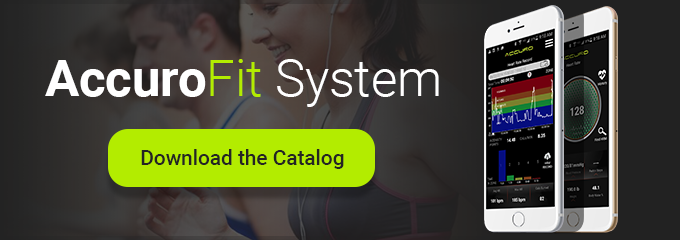Today’s fitness businesses have many different options when it comes to building profitable fitness businesses. And while some are more conventional, others are comparatively cutting edge. Wondering which model is right for you? Here’s a closer look at four fitness business revenue models, along with pros and cons of each.
1. The Membership Model
When we think about fitness business revenue models, the membership model comes to mind first. In this set-up, clients pay a fixed price in the form of anything from weekly dues to an annual payment.
This model has pros and cons for members and fitness business owners alike. Members get the security of knowing exactly what they’re paying with no fear of unexpected costs. Conversely, they can sometimes feel trapped by such agreements or worry that they’re not getting their money’s worth.
For fitness businesses, meanwhile, benefits include a consistent revenue stream as well as a decreased reliance on client usage patterns and resulting cash flow fluctuations. However, membership models also come with an ongoing pressure to sell and retain memberships.
2. The A-La-Carte Model
Another of the three basic revenue models for fitness businesses, the a-la-carte model AKA “pay-as-you-play” — is exactly as it sounds: It allows clients to pay exclusively for the programming and services that they choose to use, such as group classes, semi-private and private training, online coaching, workshops, camps/retreats/certifications and fixed-term challenges, etc.
For clients, the a-la-carte model can be appealing as they can pursue their areas of interests without feeling chained to a membership. Cons for clients include more financial ambiguity; Costs may run higher than expected if they participate more in a given week or month. This model may be particularly appealing to commitment-shy, value-minded millennials.
Fitness businesses, meanwhile, have the ability to charge premium prices because of the niche appeal of their offerings. They’re also relieved of the imperative to maintain memberships. However, this model is also accompanied by financial ambiguity for fitness business owners. For starters, it is accompanied by no guaranteed stream of revenue while simultaneously being subject to seasonal ebb and flow. Furthermore, while gym owners may be relieved by the prospect of no longer having to push memberships, a-la-carte services must still be marketed and sold.
3. The Integrated Model
Combining aspects of both membership and a-la-carte models, the integrated mode offers a core membership model along with the option to add/upgrade for additional experiences.
While the integrated model somewhat offers a “best of both worlds” scenario, it’s not without its downsides. Clients who add on experiences may resent paying for both membership and customized services. For fitness businesses, meanwhile, this model can be more difficult to execute — particularly when it comes to pricing additional products and services in such a way that enhances your value proposition.
4. The Class-Based Model
If you’re not yet familiar with ClassPass, it’s just a matter of time. This New York-based startup company partners with thousands of fitness businesses all over the world to offer clients access to unlimited fitness classes for a flat monthly fee.

The advantages of the class-based model is its customizability. Customers gain access to near-infinite classes at the time and location of their convenience. In exchange, however, they can expect to pay nearly double the fee they’d pay with the membership model. Fitness businesses, meanwhile, gain access to many new potential clients, but at the same time have to learn to balance supply and demand — particularly if they’re also maintaining a membership model.
While these are four of the more common or buzz-worthiest fitness models, they’re far from the only options. In fact, in today’s disruption-based business landscape, we can expect to see even more models (and hybrid models) emerge. The key to keeping up with the times, therefore? Keeping up with the options and evolving in a way that best suits today’s gym-goers and your unique operation.
To learn more about how the latest fitness monitoring equipment can also help you stay ahead of the curve, download the Accuro catalog.
